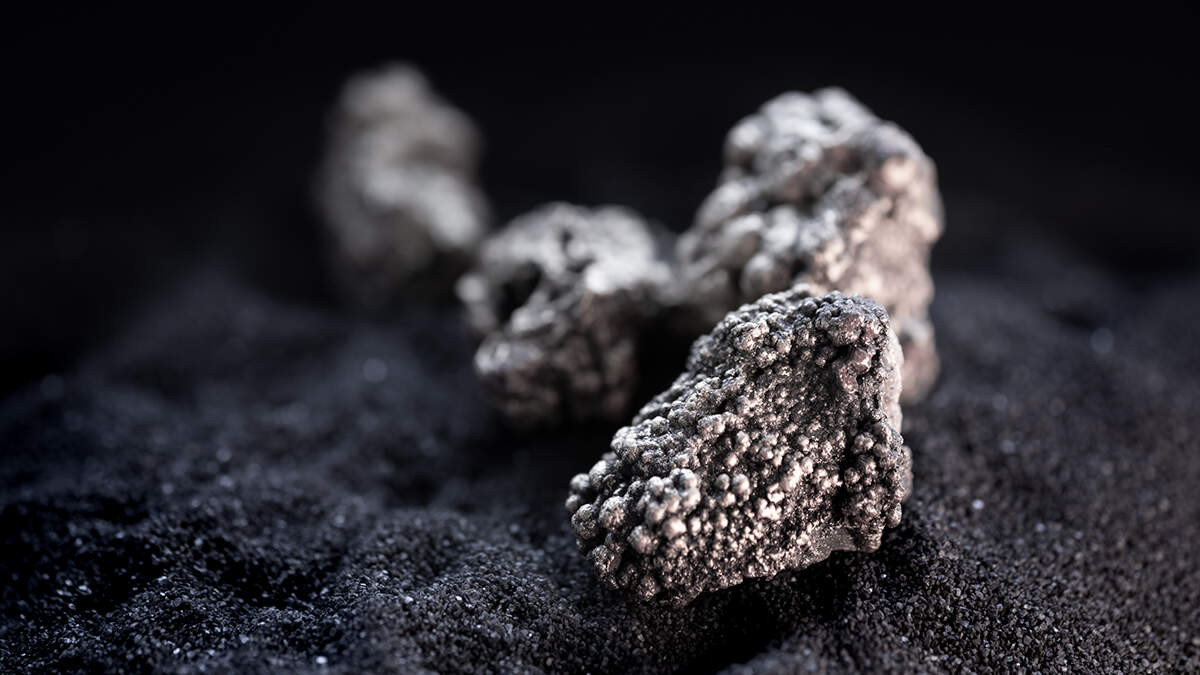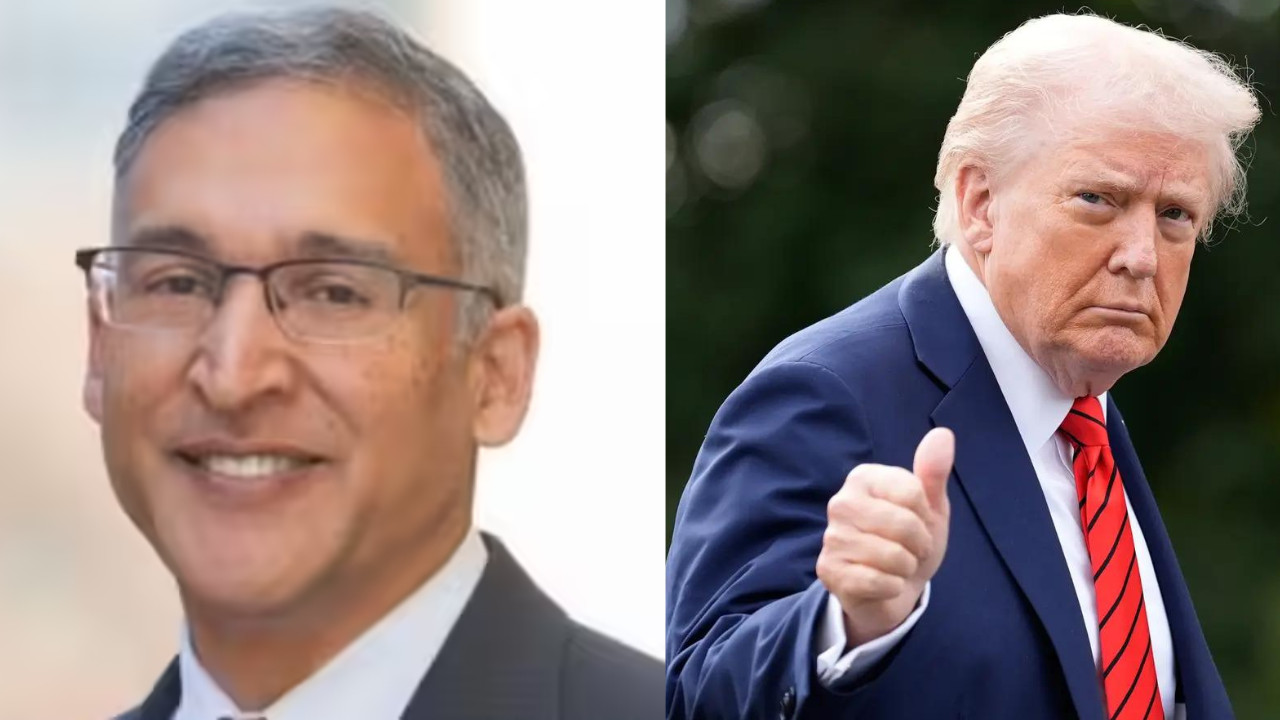India is set to boost its self-reliance in rare earth magnets with a Rs 7,300 crore scheme approved by a key government panel. This initiative will provide capital and operational support for local manufacturing, aiming to meet domestic demand by 2030. The move addresses concerns over China’s market control and aims to integrate India into global value chains.
India’s Bold Play: Carving Out a Rare Earth Future
For years, whispers have echoed through the halls of industry and government: India needs a stronger foothold in the rare earth elements market. These aren’t your run-of-the-mill metals; they’re the unsung heroes powering everything from smartphones and electric vehicles to wind turbines and missile systems. And for too long, the global supply chain has been heavily reliant on a single source: China.
Now, India is stepping up to the plate with a decisive move. The government has just greenlit a ₹7,300 crore (approximately $875 million USD) scheme aimed at boosting domestic production and processing of these critical rare earth elements. This isn’t just about resource security; it’s about fueling India’s ambitions to become a manufacturing powerhouse and a leader in clean energy technologies.
Why Rare Earths Matter
Think of rare earth elements as the vitamins and minerals of the modern industrial world. They’re used in relatively small quantities, but their impact is enormous. Neodymium, praseodymium, dysprosium, terbium – these tongue-twisting names represent elements essential for making high-strength magnets, crucial for electric vehicle motors and wind turbine generators. Europium and yttrium light up our smartphone screens and television displays. Lanthanum is vital for camera lenses. The list goes on.
The problem? The concentration of both mining and processing within China has created a vulnerability for countries like India. Supply disruptions or geopolitical tensions could cripple industries that rely on these materials. Securing a reliable, diversified supply chain isn’t just good economics; it’s a matter of national security.
India’s Three-Pronged Approach to Rare Earth Dominance
The approved scheme focuses on three key pillars to build a robust domestic rare earth industry:
1. Boosting Exploration and Mining: India possesses significant reserves of rare earth elements, particularly monazite beach sands along its coastline. The plan aims to ramp up exploration efforts to identify and quantify these resources, paving the way for increased domestic mining activity.
2. Developing Processing Capabilities: Extracting rare earth elements is only half the battle. Separating and refining them into usable materials is a complex and environmentally challenging process. The scheme will fund the development of advanced processing technologies and facilities, ensuring that India can transform raw ore into high-value products. This includes pushing for more environmentally sustainable extraction methods than currently exist.
3. Creating a Strategic Reserve: Like a national emergency fund for critical materials, the scheme envisions the creation of a strategic reserve of rare earth elements. This stockpile would act as a buffer against supply disruptions, providing stability and confidence to downstream industries.

The Road Ahead: Challenges and Opportunities
While the government’s commitment is a significant step forward, challenges remain. Mining and processing rare earths can have environmental impacts, and India will need to prioritize sustainable practices. Collaborations with international partners who possess advanced technologies and expertise will also be crucial.
Moreover, simply extracting and processing the materials isn’t enough. India needs to foster innovation in the application of rare earth elements, creating a vibrant ecosystem of research, development, and manufacturing. This means investing in education and training, supporting domestic companies, and attracting foreign investment. If India can nurture this ecosystem, it can not only secure its own supply of rare earths, but also become a global hub for advanced materials and technologies. This initiative could also be a boon to India’s EV manufacturing sector. More on India’s growing EV market can be found here.
A Future Powered by Indian Rare Earths
India’s push into the rare earth elements market is more than just a resource play; it’s a strategic investment in the future. By securing its supply of these critical materials, India can strengthen its manufacturing base, accelerate its transition to clean energy, and enhance its position on the global stage. The road ahead may be challenging, but the potential rewards are immense. This initiative represents a bold step towards a future where India is not just a consumer of technology, but a creator and innovator, powered by its own rare earth resources.







